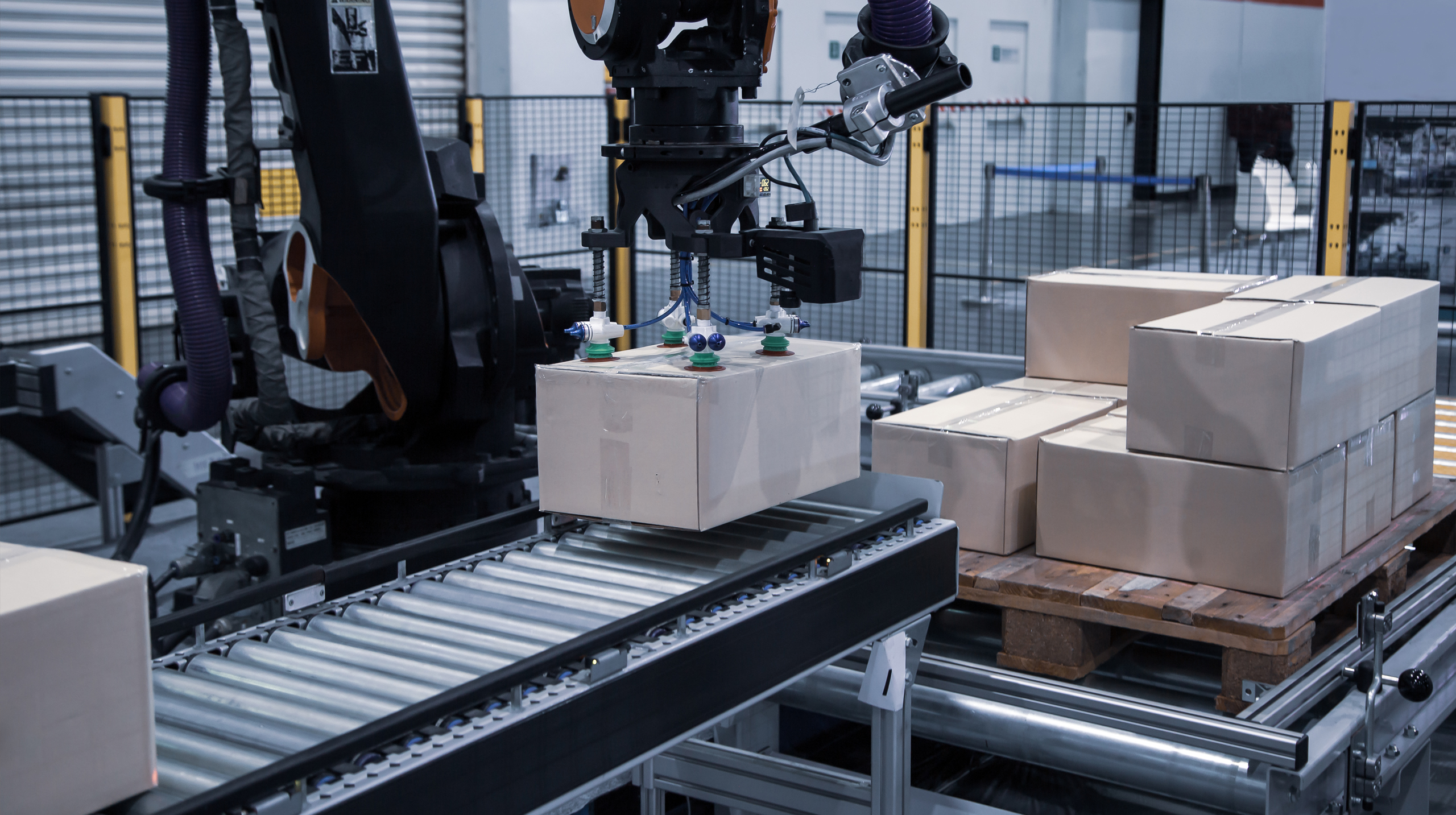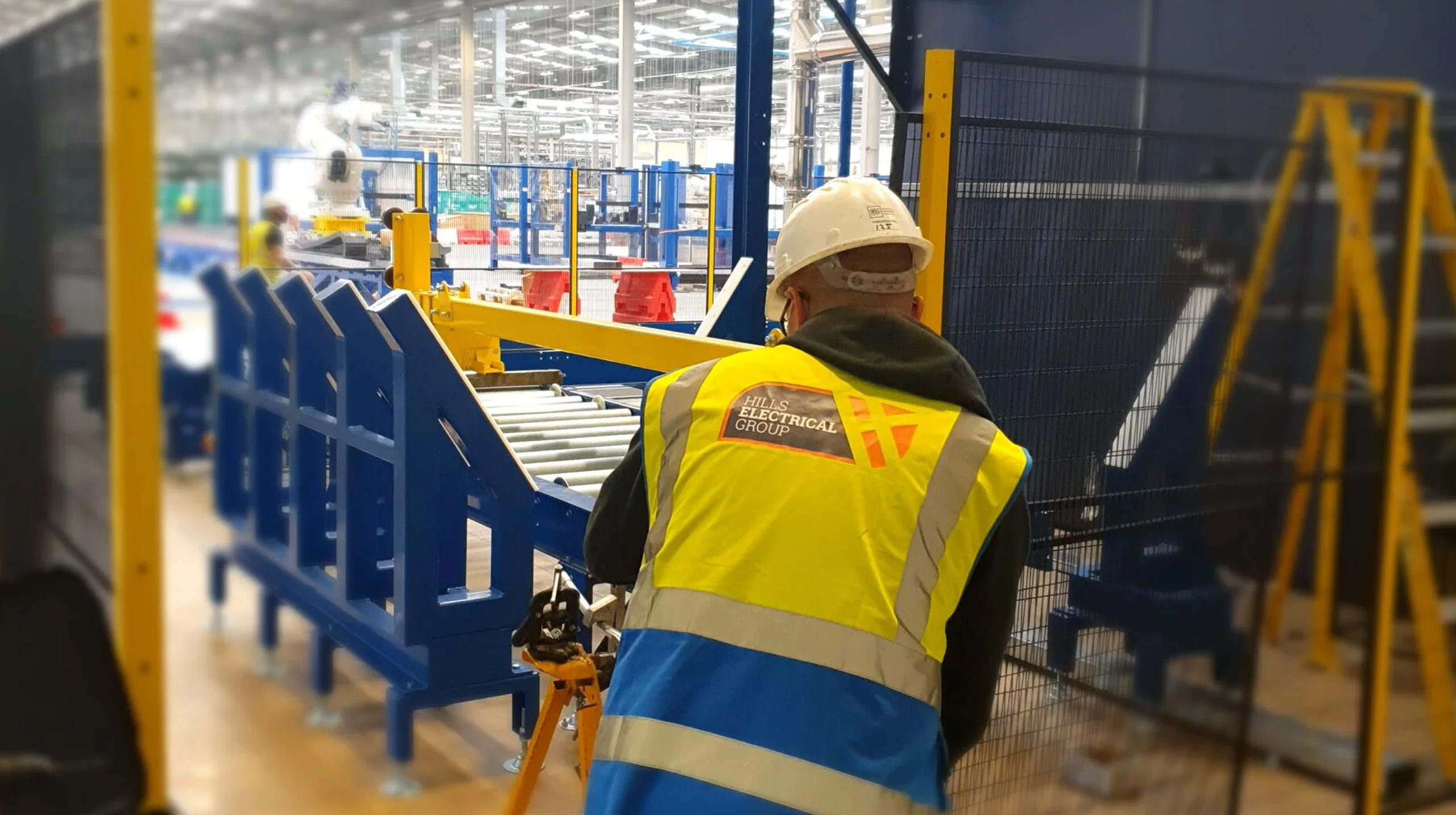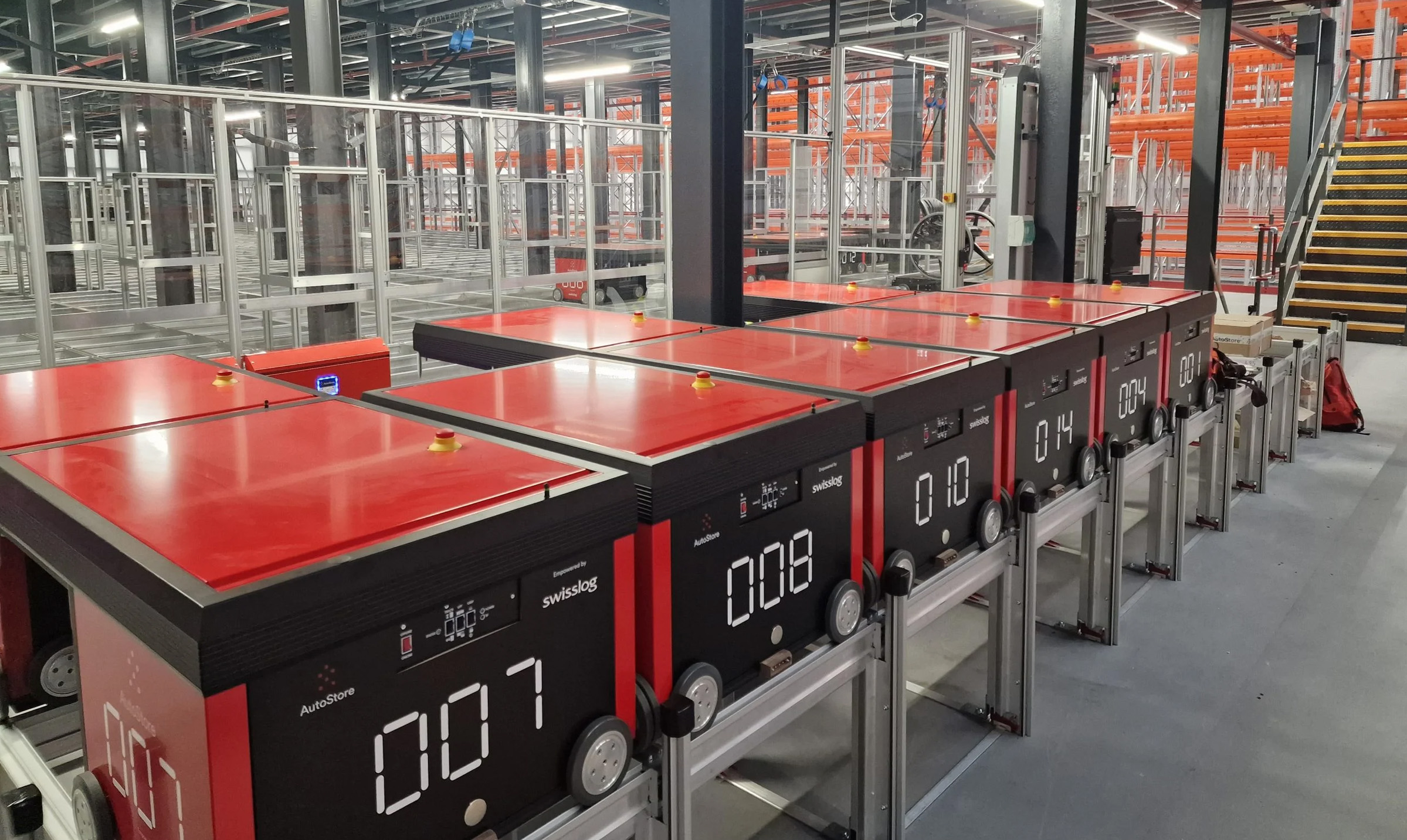We Are Now Autostore Installation Certified
Speak to a member of our team
Get in TouchDiscover how airports can improve baggage handling with automated conveyor and sortation systems.
A baggage sorting system is a vital component of airport operations. Maintaining the satisfaction of passengers and healthy relations with airlines depends on establishing efficient and smooth baggage sorting systems.
The global market value of the airport baggage handling system was $6.7 billion in 2021, with predictions of $16.1 billion in 2030. From these figures, automated sortation conveyor systems present the overwhelming majority for safety, efficiency, and precise sortation capabilities. But is it the right solution for your airport?
Read on to discover the importance of improving baggage handling systems with the various conveyor systems available.
An airport baggage conveyor transports luggage safely and securely to the correct destination in the airport. It is also known as a “baggage handling system”, “baggage sorting system”, “airport baggage sorter”, “airport luggage transporter”, and “baggage carousel”. Airport baggage conveyor systems are essential components of airport procedures, ensuring passengers stay satisfied and operations run smoothly.
Most baggage handling systems work as automated conveyor belts, sending luggage and cargo from one destination to another. Airport baggage conveyors are situated throughout the premises, such as behind check-in desks before departure, throughout security for screening hand luggage, and in baggage claim areas on arrival.
Here is a list of baggage handling systems you expect to find in airports:
During check-in, airline staff place specific bar codes on your luggage that automatically scans on route to send your baggage to the correct destination. Then on arrival, each plane will unload its baggage into early baggage storage before sending the luggage to the reclaim area.
While automation conveyor and sortation systems are used across various manufacturing and production industries, airports utilise specialist baggage handling systems companies to install specific complex systems for transporting passenger luggage and cargo.
Correct baggage handling is essential for airports when maintaining passenger and airline satisfaction. Losing a passenger’s luggage will result in poor customer service reviews and loss of revenue while negatively impacting the airline or airport’s reputation.
Baggage handling has dramatically increased in quality in recent years owing to technological advancements in automated conveyor and sortation systems. Since 2007, baggage handling has improved by 86%, with only 3.5 bags lost per 1000 passengers.
But despite the improvements, things still go wrong. 37% of all bags delayed results from transfer mishandling. While the cost of baggage mishandling can also be severe for the aviation industry, with $600 million in 2020 paid in damages or compensation.
Depending on the size of the airport and the volume of planes that arrive, automated conveyor systems become more complicated with more chutes and belts required to transfer luggage to the correct destinations.
Airports should take the opportunity to install optimised baggage screening technology during security screening to improve baggage handling and ensure no mistakes occur. An optimised and automated sortation conveyor system will improve operational efficiency and passenger satisfaction.
New screening technology within an automated conveyor sortation design will improve efficiency and require less manual interference.
Airports can suffer from a lack of space when operations require optimal speed and efficiency. Batch-building is a way of utilising space by storing goods and retrieving them in batches when necessary.
Based on efficient warehouse practice, groups of luggage can be stored during the early baggage storage phase, before being retrieved after the control system notifies the operator that the batch is ready.
A batch building system is easily installed in airports with additional conveyor lanes, robotics, or updated software.
Automated storage and retrieval systems (ASRS) can be introduced into an airport to establish more efficient storage and sortation solutions. ASRS can help free up floor space while robotics and conveyors can accurately automate the sortation system.
Coding all passenger luggage with unique bar codes assists automated conveyor systems by scanning the luggage as it travels along the conveyor. Conveyor lines can then split to separate luggage, ensuring it travels to the correct destination.
Video-coded technology further enhances this concept by reducing unreadable or unscannable labels. Integrating cameras in the baggage handling system will send images to the operator to encode the missing information digitally from any location.
This technology saves time and ensures baggage is relocated to the correct location if initially unreadable.
There’s no reason a baggage sorting system shouldn’t gather significant data to improve overall future operations. Data analysis assists in the maintenance of each aspect of the automated sortation conveyor and contributes positively to overall operations expenditure (OPEX).
Relevant data can be obtained through an optimised control panel and integrated programmable logic controller (PLC).
With PLC control systems, you have complete control of a baggage handling system, from programming certain machinery to ensuring that specific elements of the airport conveyor system are running smoothly and simultaneously.
Depending on the airport size, various conveyor systems can be installed and connected in each necessary area.
Floor conveyors
Floor conveyors can serve the general purpose of automation and the sortation of passenger baggage. Connecting separate belts and lines, floor conveyors can ensure luggage travels safely and quickly within a complex baggage handling system.
Custom designs for floor conveyors can be established to meet airport specifications, maintaining the smooth running of operations.
Robotic conveyors
Any airport floor conveyor system is modifiable with additional robotics to assist in the transportation of airport luggage. For example, robotic conveyors can be applied specifically to ASRS for multi-purpose storage and retrieval or as scanners/encoded cameras along conveyor belts.
Hills Electrical supplies and installs state-of-the-art conveyor sortation systems used across multiple industries. We keep forward-thinking businesses moving in the right direction with our advanced technological solutions in production and sortation.
So, if you require a more sophisticated baggage handling system, get in touch today. And for the latest updates in the world of conveyor systems, follow us on LinkedIn.




Feel free to fill out our form below and a member of our team will be in touch.